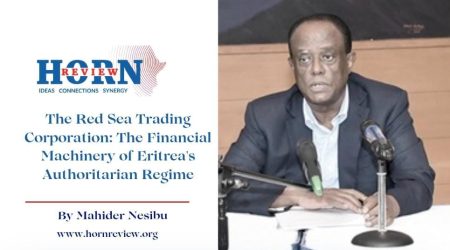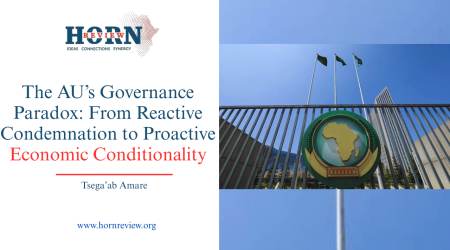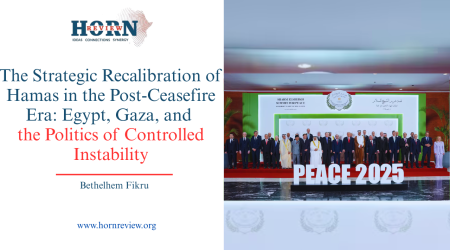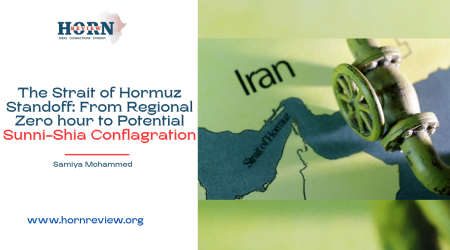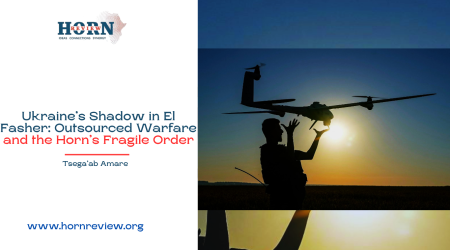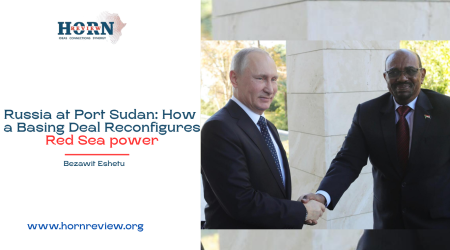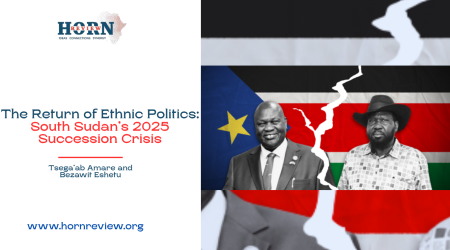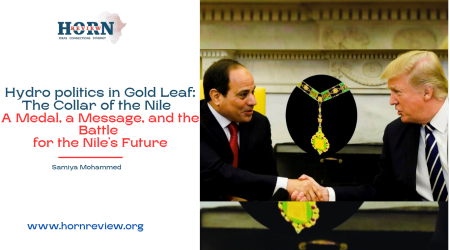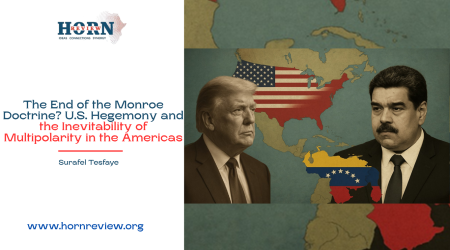
7
Apr
Europe’s Nationalist Surge: The Crumbling of the Cordon Sanitaire and Opportunities for Africa
Hard-right parties across Europe have reached unprecedented levels of influence, fundamentally reshaping the continent’s political landscape. Once relegated to the fringes, these parties now hold significant sway in national parliaments and European institutions, directly challenging the dominance of traditional conservative and social-democratic blocs. This seismic shift was starkly exemplified on late February 2025, when Germany’s Alternative for Germany (AfD) secured over 20% of votes, effectively doubling its previous electoral performance. This truly represents the strongest showing for any hard-right group in Germany since 1933, a development previously considered unthinkable in Europe’s economic powerhouse.
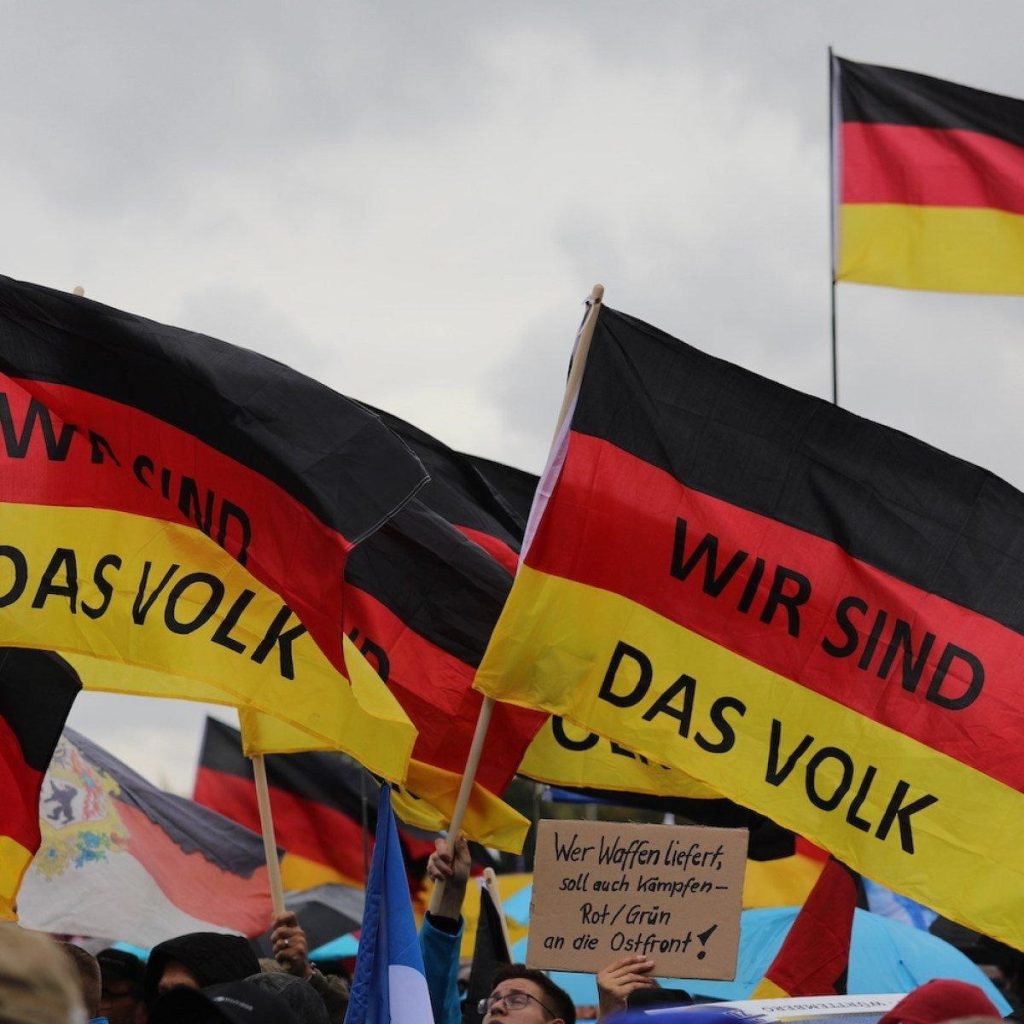
Demonstrators wave German flags with the writing WE ARE THE PEOPLE in a demonstration organized by the right-wing Alternative for Germany (AfD) political party. October 8, 2022. Berlin, Germany. 📸 Credit: Omer Messinger/Getty Images
Austria’s Freedom Party (FPÖ) similarly achieved a historic 29% victory in the 2024 parliamentary elections, the strongest showing for the far-right since World War II. In Belgium, the conservative Flemish N-VA party narrowly won June 2024’s parliamentary elections, with the far-right Vlaams Belang following closely behind, creating a political deadlock that remains, incredibly, unresolved six months later.
France has not been immune to this accelerating trend. The National Rally (RN) secured the most votes in European elections and led the first round of parliamentary elections, only to be blocked from power by an emergency coalition between left-wing and centrist forces. This pattern of mainstream parties forming tactical alliances to prevent far-right governance reveals the increasingly strained “cordon sanitaire” strategy that has traditionally kept such parties out of power.
Beyond Germany, Austria, Belgium, and France, other nations are witnessing equally concerning shifts. In Poland, the far-right Konfederacja alliance is gaining support, with some polls placing it as high as 22% ahead of the May 2025 presidential election. This signals a potential breakthrough in a country where nationalist rhetoric has undeniably intensified.
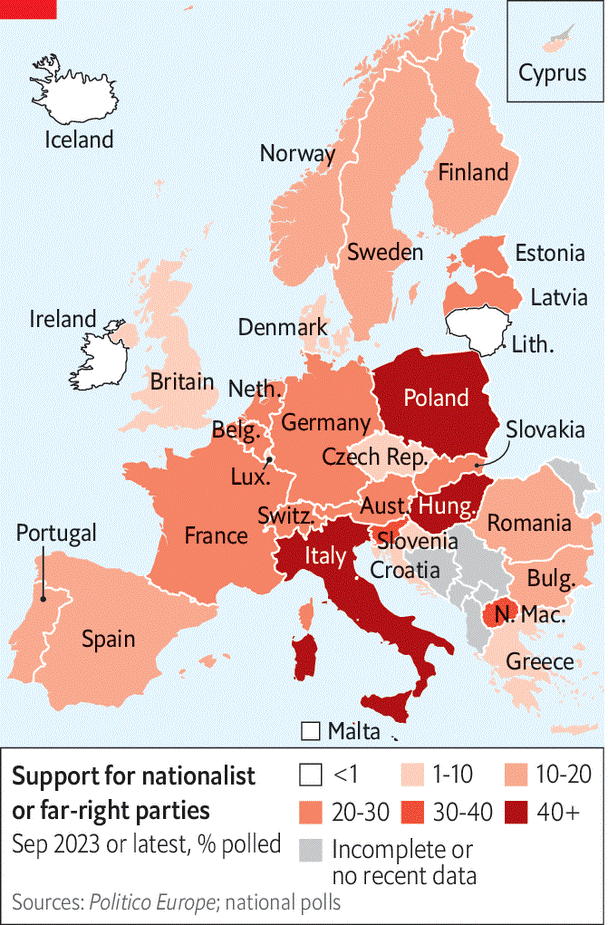
Support for Nationalist or Far-right Movements. Map by The Economist.
In addition, Italy’s Giorgia Meloni remains firmly in power, leading a hard-right coalition that has normalized nationalist rhetoric at the EU level. In Sweden, the Sweden Democrats, once a fringe party, now wield significant influence over the government’s immigration and security policies.

Giroria Meloni, Italy’s Prime Minister. 📸 Credit: The Conversation.
The Crumbling Cordon Sanitaire
The political firewall designed to exclude far-right parties from governance is under immense and unprecedented pressure. The normalization process is demonstrably underway, with far-right voices gaining prominence in parliamentary debates and policy discussions across Europe.
Donald Trump’s return to the White House has produced a complex dynamic with his ideological counterparts in Europe. Trump’s Vice President J.D. Vance’s speech at the February 2025 Munich Security Conference confirmed that the administration’s worldview broadly matches that of European far-right parties. Simultaneously, Trump’s ally Elon Musk has amplified European far-right discourse by live-streaming a conversation with AfD leader Alice Weidel ahead of Germany’s February elections. He has also provided financial support to imprisoned British far-right figure Stephen Yaxley-Lennon.
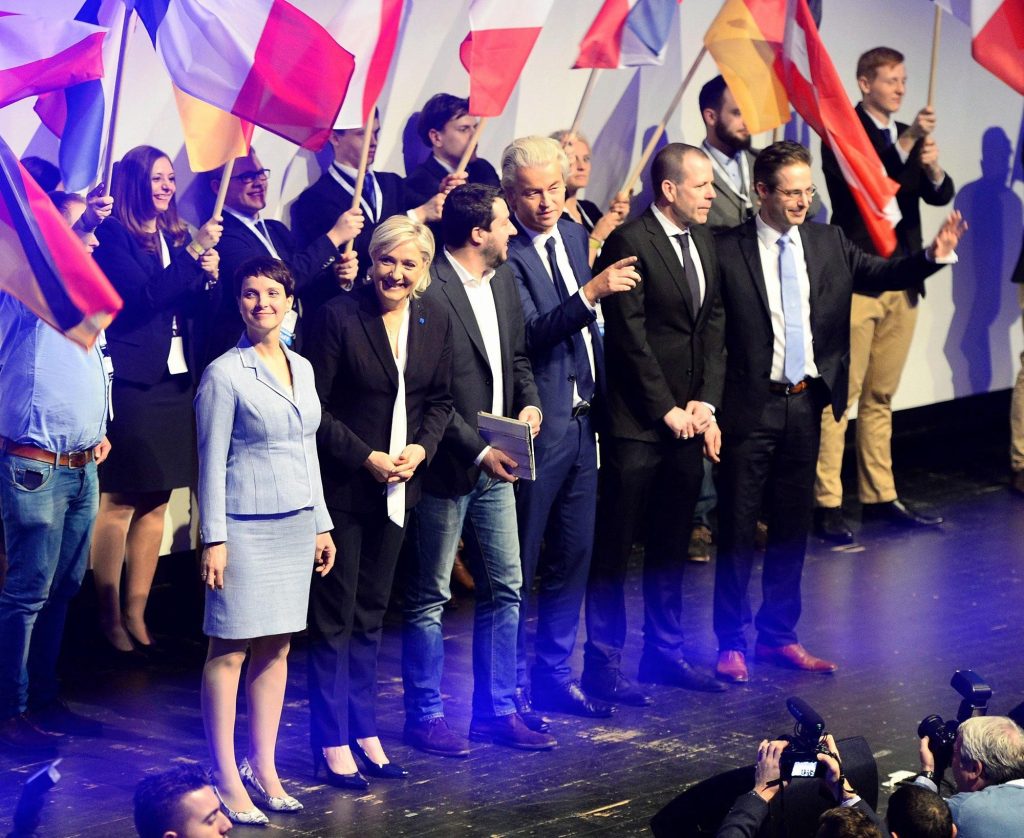
A gathering of European Far-right leaders in Koblenz. Germany on the day of Donald Trump’s Inaguration. Photograph by Roberto PFeil, Getty Iamges. Credit: The New Yorker.
However, Trump’s expansionist ambitions have alienated even his natural allies. His renewed threats about acquiring Greenland prompted Danish People’s Party member Anders Vistisen to firmly oppose the threat in the European parliament. In addition, Trump’s demand that NATO allies spend at least 5% of GDP on defense has similarly unnerved European right-wing parties that previously admired his nationalist stance. As a result, several EU officials now view Trump’s presidency as a catalyst for necessary and accelerated reforms.
The Five-Year Outlook
The dual pressures of Trump’s transactional foreign policy and the rise of Eurosceptic far-right parties within member states pose clear uncertainties to EU cohesion. With hard-right parties now holding unprecedented electoral power, traditional decision-making processes face increasing gridlock. The next five years will likely determine whether the EU can transform its current challenges into an opportunity for deeper integration or whether it succumbs to nationalist fragmentation. As far-right movements gain momentum and transatlantic relations face uncertainty, the EU finds itself at a critical juncture with multiple possible trajectories.
One emerging trend is the growing influence of far-right parties on EU policy, particularly in migration. This shift is no longer confined to mere rhetoric; it is shaping concrete legislative changes. Mainstream parties, such as the European People’s Party (EPP) in the European Parliament, are recalibrating their stance on illegal immigration to align more closely with far-right concerns. This hardening of positions has led to stricter asylum policies, directly reflecting a broader shift toward nationalism across the continent.
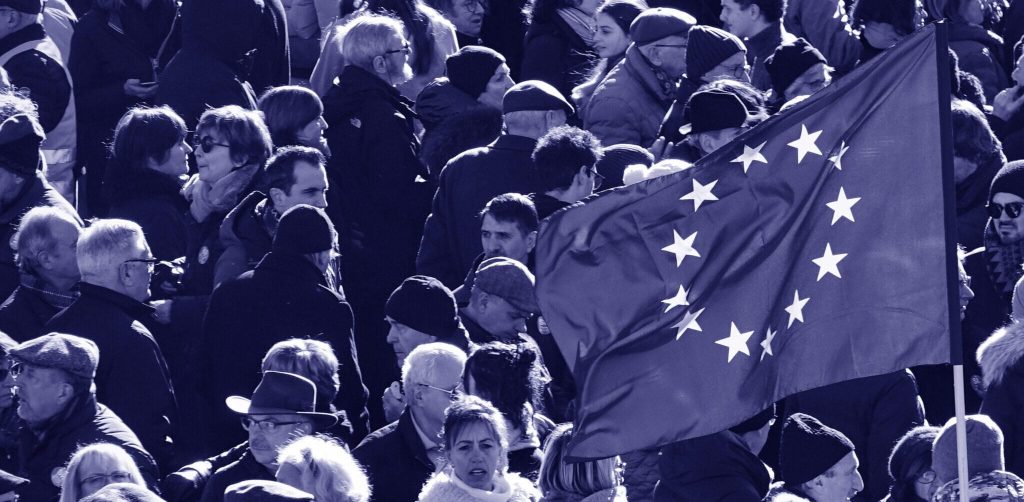
Simultaneously, the EU may respond by accelerating internal reforms, particularly in defense and energy. The unpredictability of a potential Trump administration and the rise of nationalist movements within Europe are likely to push leaders toward greater strategic autonomy. France and Germany, despite facing their own far-right challenges, could spearhead defense cooperation and even explore closer post-Brexit security coordination with the UK. The EU’s Permanent Structured Cooperation (PESCO) initiative is already laying the groundwork for enhanced military collaboration, thereby reducing reliance on the US for security guarantees.
Another possible trajectory is a “two-speed Europe,” where core nations committed to deeper integration move forward while others adopt looser affiliations. This model would allow the EU to function without forcing uniform policies on nationalist-led governments. The idea gained traction in February 2025 when far-right leaders convened in Madrid to strengthen the Patriots of Europe party under the slogan “Make Europe Great Again.” Their primary goal is to reshape EU policies through nationalist influence, directly challenging the bloc’s cohesion. The most concerning scenario is the gradual erosion of EU unity as nationalist governments actively undermine its institutions by blocking key decisions requiring unanimity, which could paralyze EU policymaking.
These trajectories are not mutually exclusive, and the EU’s path will likely involve elements of all four. The coming years will test whether Europe can balance its commitment to democratic values with the pragmatism needed to survive in a multipolar world, or whether centrifugal forces ultimately prevail.
Implications for Africa
For Africa, Europe’s rightward shift and transatlantic tensions create both undeniable challenges and distinct opportunities. Far-right parties typically frame foreign aid as wasteful spending. As they gain influence in European governments, development assistance to African nations may decrease substantially, forcing African countries to seek alternative partnerships. This could accelerate collaborations with China and other emerging powers. Moreover, immigration remains the defining issue for European far-right parties. Harsher anti-immigration policies will likely impact African migrants and asylum seekers most severely, potentially creating diplomatic tensions between the EU and the African Union.

While these challenges pose short-term risks, they also open new avenues for Africa to redefine its global position. The potential vacuum created by a more inward-looking Europe could paradoxically enhance Africa’s geopolitical agency. African nations can leverage competition between the EU, US, China, and Russia to negotiate more favorable terms for cooperation, particularly in strategic sectors like rare earth minerals, energy resources, and agricultural products. For example, the African Continental Free Trade Area (AfCFTA), set to be fully implemented by 2030, could revolutionize intra-African trade, lessening dependence on European markets and fostering self-reliance. This initiative holds immense potential for economic growth and diversification across the continent.
Reduced reliance on European markets could also spur greater intra-African trade and economic integration. Leading countries within regional economic communities should take the initiative to lessen dependence on Europe and encourage self-reliance by fostering trade within the continent. At the same time, as traditional partnerships with Europe face uncertainty, African nations can explore new alliances with countries that share their development goals and respect their sovereignty. This diversification could lead to more equitable and sustainable partnerships, allowing Africa to assert greater influence in shaping global economic and geopolitical dynamics. Simultaneously, African nations are actively exploring partnerships with the Gulf states, particularly in renewable energy projects, offering new investment opportunities and reducing reliance on traditional European donors. These emerging alliances reflect a broader shift toward South-South cooperation, empowering African nations to chart their own course in a rapidly changing global landscape.

By Yonas Yizezew, Researcher, Horn Review

